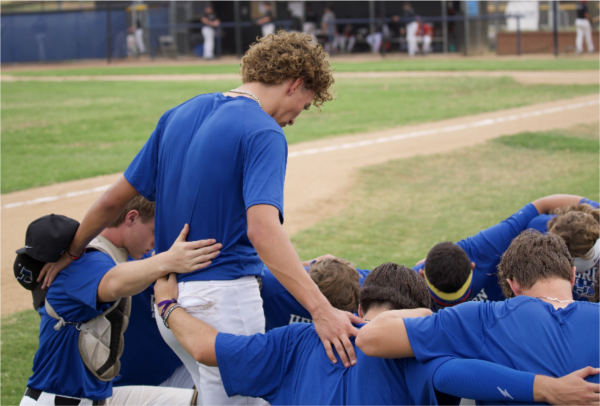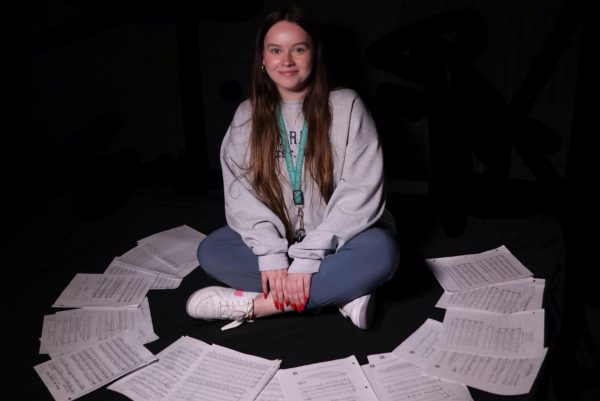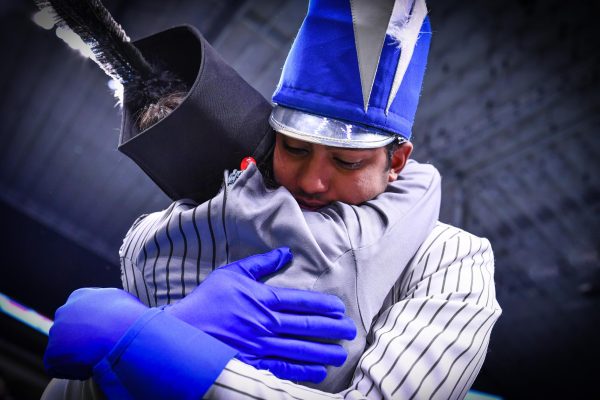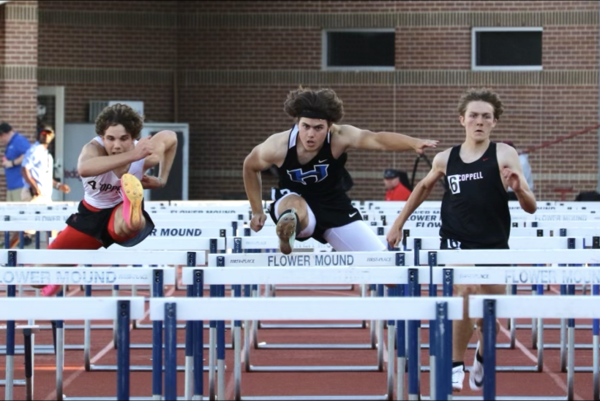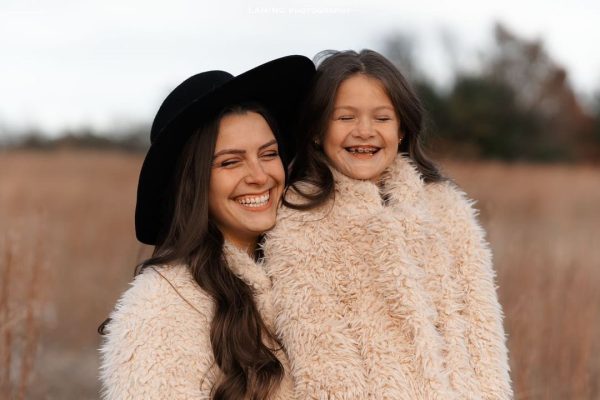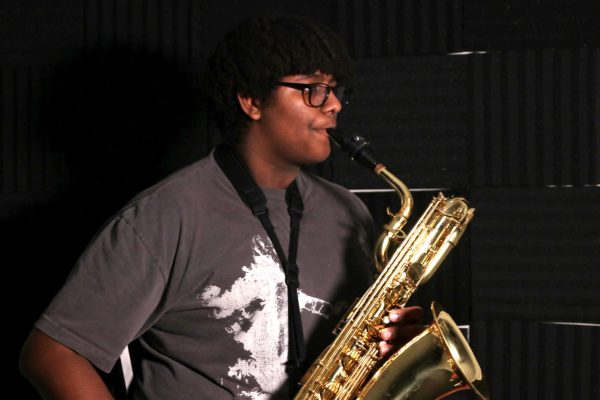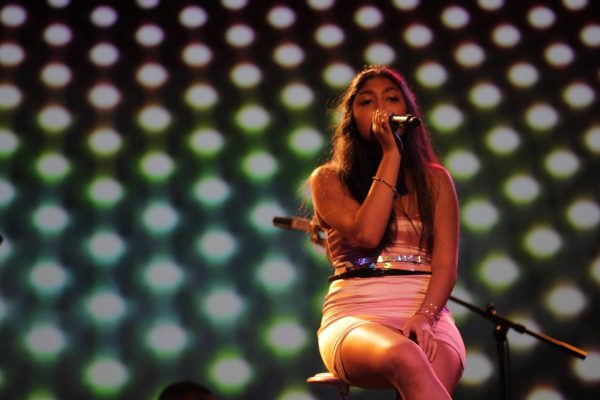New Voices: a chance for change
Students and San Antonio residents share their opinion about the progression of journalism.
Among the many people in the Texas Association of Journalism Educators (TAJE) Annual Convention, there are many students in pursuit of a career in journalism in order to make their talents seen, their voices heard and to have a chance at making a change in the world. Student publications, such as newspapers and broadcast programs, are prevalent among schools in Texas; with them comes a fresh wave of journalists seeking to tell stories, report news and stand ethical.
“Journalism is capturing the moment and putting it all together, so everyone else can understand it,” Burnham High School junior Azuzena Mondragon said. “But I think [there is a stigma against high journalism] because we’re young and we stick to social media and focus on trends, or at least that’s what people think.”
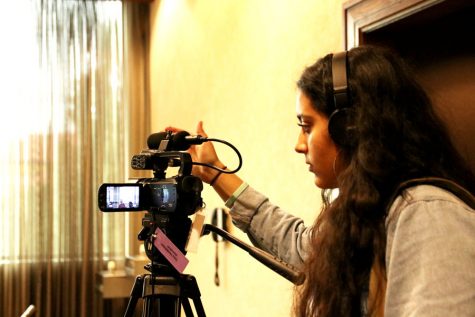
Sophomore Sophia Mahmood prepares for an interview.
When interviewed, people said journalism is about finding and telling the truth. While mainstream journalism is more targeted towards events around the world, high school journalism is focused on the local and school community. Student’s interviewed expressed their opinion on feeling restricted and censored when reporting their stories.
“I think the restrictions can [have people] not express themselves to their full potential at times,” Akins High School junior Alexa Hudson said. “Maybe if they wanted to write something about an issue they felt strong about, but they aren’t allowed to. It can kind of change people’s views on things, if they’re not getting the real story. But a lot of the stuff talked about in high schools is important even with the restrictions.”
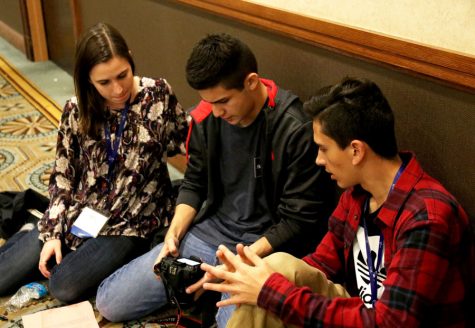
Student photographer from Akins High School Jennifer Arriaga said students like herself can use social media to voice their opinion. According to the American Academy of Child and Adolescent Psychiatry 60% of 13-17 year olds are involved with some sort of social media.
“Even in a school or a society there are a lot of things that aren’t right, but it shouldn’t be hidden,” Arriaga said. “I feel like we could affect the views of the public. With social media, it’s super easy to do anything. Businesses grow on that and so do opinions.”
In recent years, news sources such as, but not limited to, CNN and Fox have received criticism for being unreliable or one-sided. This criticism has affected student journalists in disregarding them due to age.
“I don’t follow [mainstream media] too much because I assume different corporations have their own type of agenda,” Physical therapy technician Jarett Sanchez said. “When they’re reporting something it might not always be the full side if the story and there’s always two sides of the story.”
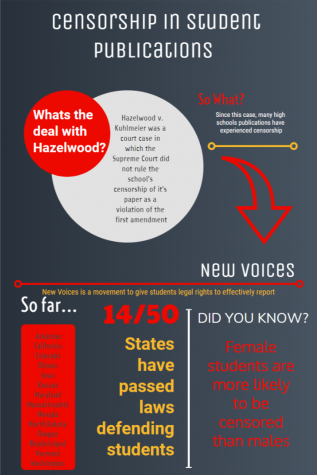 A movement called ‘New Voice’ have pushed to pass laws in order to gain more rights and to take away restrictions on student journalists.
A movement called ‘New Voice’ have pushed to pass laws in order to gain more rights and to take away restrictions on student journalists.
“There’s going to be a lot of downfalls of being a journalists,” retired tattoo artist Rodney Massey said “People are going to knock you down for saying the truth. But people don’t want to hear the truth, they want to hear lies and none of the truth…There’s always three sides to the story: your view, their view and the truth.”
**Read about a student’s experience being a part of a student publication here.**




